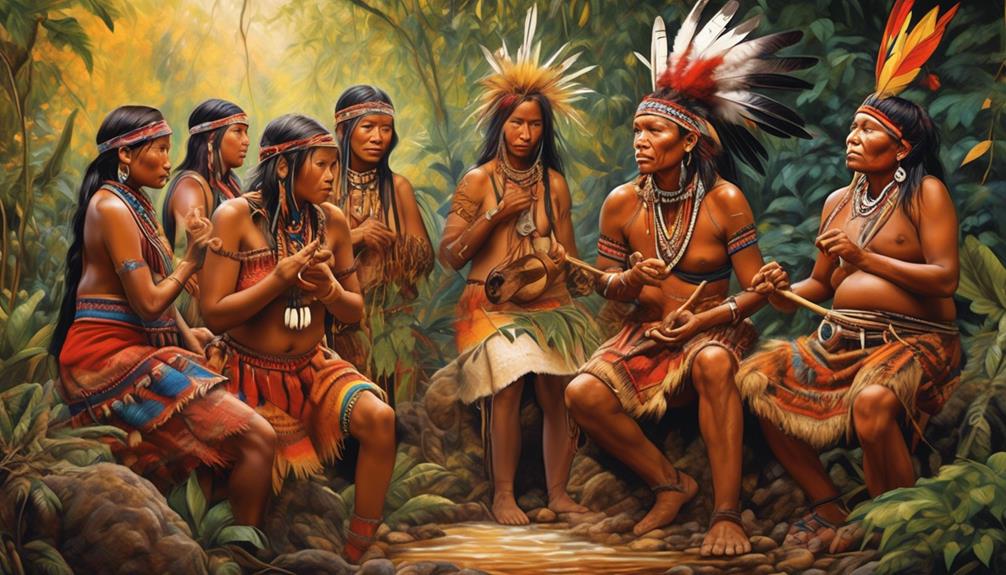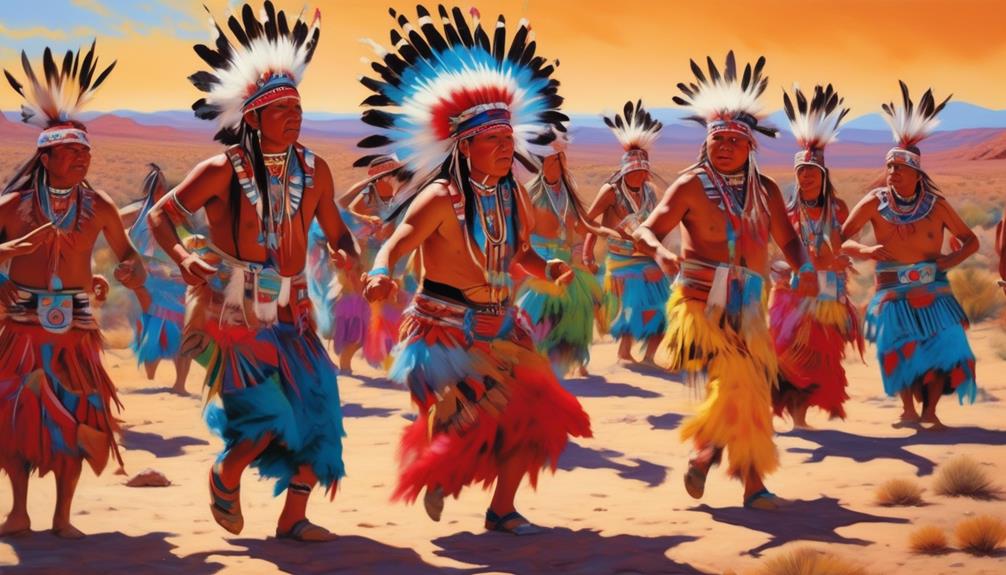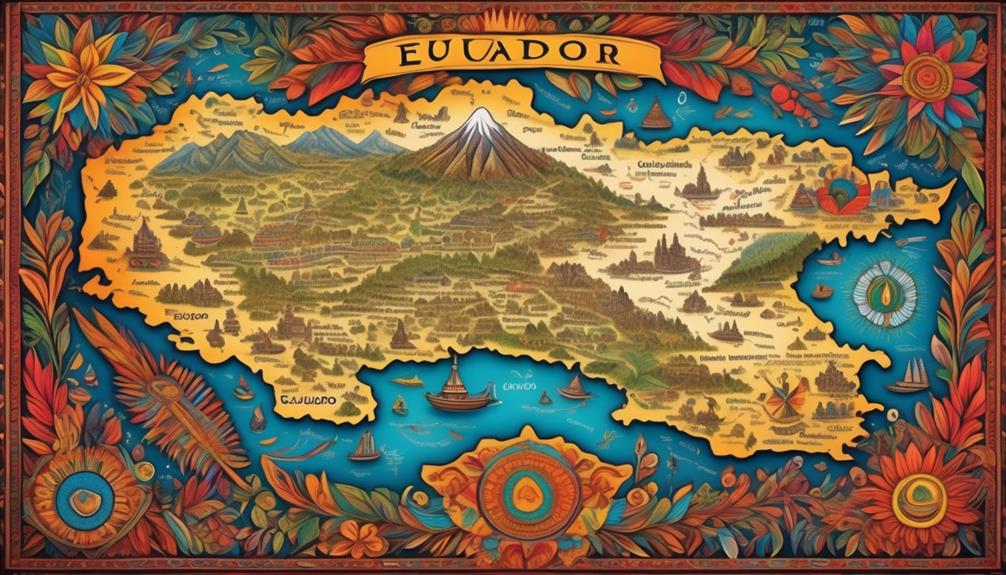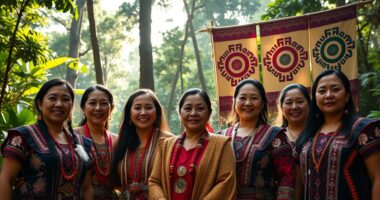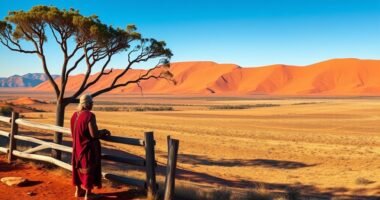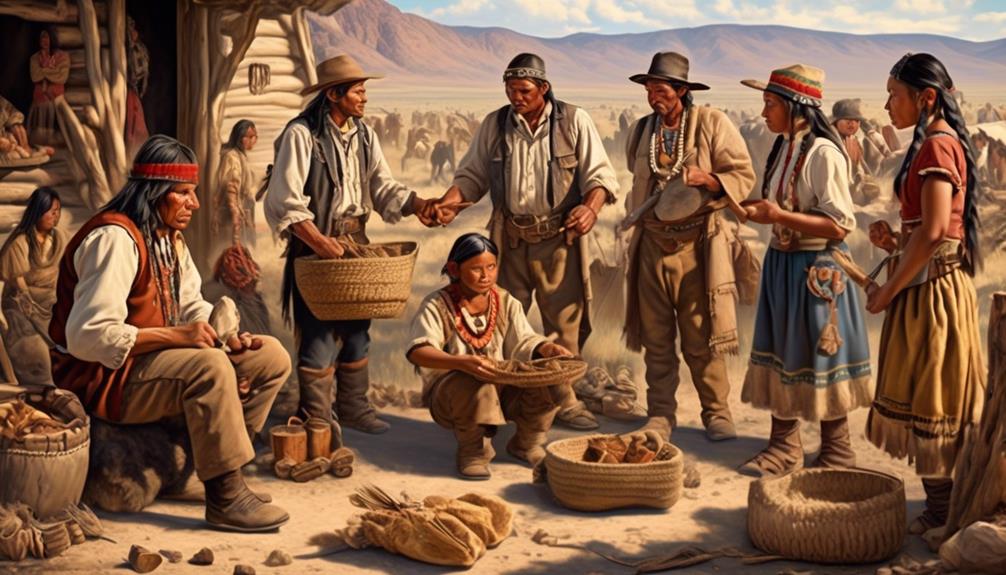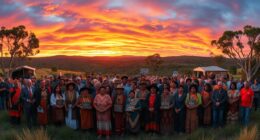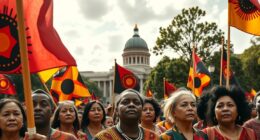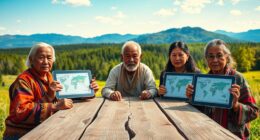In today’s globalized world, it can be easy to overlook the significance of indigenous peoples in the midst of rapid modernization and cultural homogenization. Nevertheless, acknowledging the importance of studying indigenous peoples is crucial for increasing our understanding and appreciation of diverse cultural heritages.
By doing so, we can gain valuable insights into historical injustices and recognize the contributions of indigenous communities to our shared human experience.
But there's more to it than meets the eye, and the impact goes beyond just preserving the past.
Key Takeaways
- Learning about Indigenous peoples is important for preserving and honoring cultural heritage.
- It helps in understanding historical injustices and promotes reconciliation efforts.
- Recognizing Indigenous contributions provides a holistic understanding of cultural heritage and enriches the world with diverse cultural expressions.
- Learning about Indigenous peoples fosters mutual respect, inclusivity, and a more harmonious society.
Preservation of Cultural Heritage
We believe that preserving the cultural heritage of Indigenous peoples is essential for honoring their rich history and traditions. The preservation of Indigenous cultural heritage is vital for maintaining their identity and promoting cultural awareness. It allows future generations to understand and appreciate the customs, languages, and art forms that have been passed down through centuries. Through preservation efforts, we can ensure the revival of heritage that may have been marginalized or overlooked.
Preservation not only safeguards the tangible aspects of Indigenous culture, such as artifacts and historical sites, but also the intangible elements, including oral traditions, storytelling, and spiritual practices. By actively participating in the preservation of Indigenous cultural heritage, we can contribute to the revitalization of traditions that have been integral to their way of life.
Understanding the significance of heritage preservation fosters empathy and respect for Indigenous communities. It provides an opportunity for individuals to engage with diverse perspectives and gain a deeper appreciation for the contributions of Indigenous peoples to our collective human experience. Therefore, the preservation of Indigenous cultural heritage is crucial for fostering a society that values and respects the richness of diverse cultural traditions.
Understanding Historical Injustices
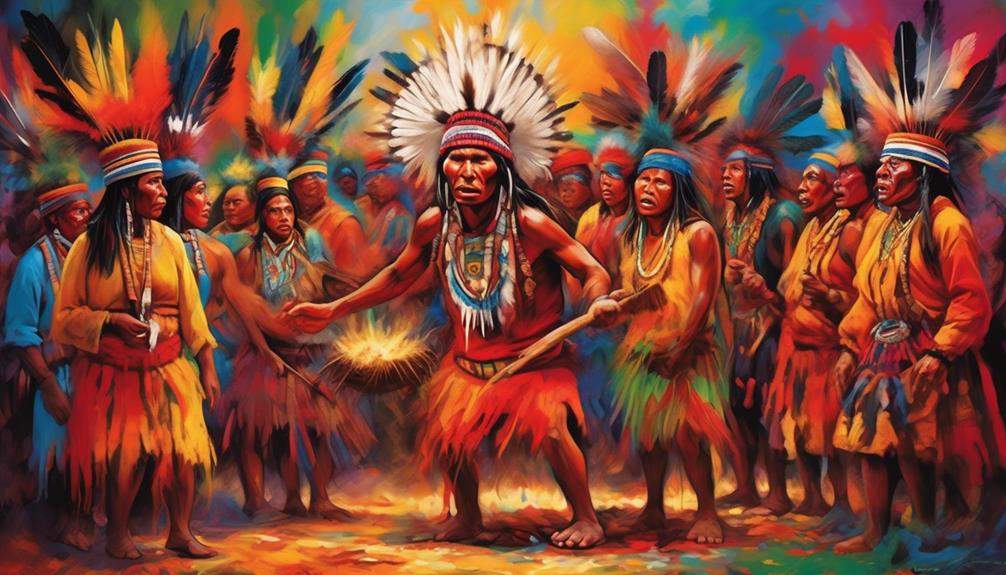
Understanding the historical injustices faced by Indigenous peoples is imperative for acknowledging the impact on their cultural heritage and fostering empathy towards their experiences.
Acknowledging past wrongs is a crucial step in recognizing the deep-seated trauma and intergenerational effects of historical injustices. This acknowledgment paves the way for reconciliation efforts and the healing of longstanding wounds.
It also allows for a more comprehensive understanding of the complexities of Indigenous histories and the ongoing effects of colonization.
Through this understanding, we can actively work towards creating a more just and equitable future for Indigenous communities.
- Acknowledging past wrongs
- Healing intergenerational trauma
- Supporting reconciliation efforts
Recognition of Indigenous Contributions
Recognizing the invaluable contributions of Indigenous peoples throughout history is essential for gaining a holistic understanding of their rich cultural heritage and the profound impact they've had on various aspects of society. Indigenous perspectives offer unique insights into sustainable living, environmental stewardship, and holistic well-being. Their traditional knowledge of the land, plants, and animals has contributed significantly to fields such as medicine, botany, and ecology.
Moreover, Indigenous peoples have played a pivotal role in shaping art, music, dance, and storytelling, enriching the world with diverse cultural expressions and wisdom.
Cultural exchange with Indigenous communities has led to the enrichment of global cuisines, fashion, and language, fostering a greater appreciation for the beauty of diversity. Additionally, their contributions to philosophy, governance systems, and social structures have influenced contemporary thought and governance.
Recognizing and honoring these contributions not only acknowledges the debt owed to Indigenous communities but also fosters a deeper respect for their enduring wisdom and resilience. By embracing the recognition of Indigenous contributions, we can pave the way for a more inclusive and interconnected world, where diverse cultural expressions are celebrated and valued.
Promotion of Cultural Diversity
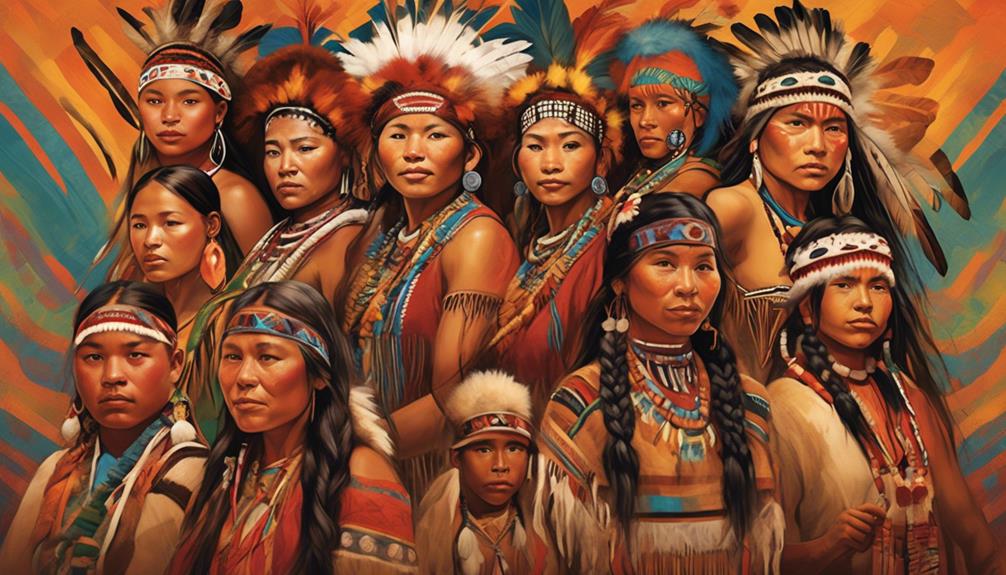
Embracing and celebrating cultural diversity is essential for fostering a more inclusive and interconnected society. By promoting cultural diversity, we can actively contribute to the preservation of unique traditions and practices, while also enriching our own lives through exposure to new perspectives. This exchange of cultures not only fosters mutual respect and understanding but also cultivates a sense of global awareness that's crucial in today's interconnected world.
- Preservation of Traditional Practices: Encouraging cultural diversity allows for the preservation of traditional practices that hold significant historical and societal value. It enables communities to maintain their identity and heritage, fostering a sense of pride and continuity.
- Fostering Mutual Understanding: Embracing cultural diversity promotes empathy and understanding among different communities. It provides an opportunity for individuals to learn from each other and appreciate the richness of human experiences, ultimately fostering a more harmonious society.
- Cultivation of Global Awareness: Actively promoting cultural diversity fosters a sense of global awareness, encouraging individuals to recognize and appreciate the cultural tapestry that exists worldwide. This, in turn, promotes a more interconnected and empathetic global community.
Fostering Mutual Respect
Cultivating mutual respect in our interactions with individuals from diverse backgrounds is an ongoing and essential endeavor for building a more inclusive and harmonious society. It requires a conscious effort to foster mutual understanding and engage in meaningful intercultural dialogue. As we navigate the rich tapestry of human experience, it's crucial to approach each interaction with an open mind and a willingness to learn from one another.
By actively seeking to understand and appreciate the perspectives, traditions, and values of Indigenous peoples, we can forge deeper connections built on mutual respect. This involves acknowledging historical injustices, actively listening to their lived experiences, and working towards reconciliation. Through this process, we not only honor the resilience and wisdom of Indigenous communities but also contribute to a more equitable and just society for all.
In our pursuit of mutual respect, it's important to recognize the inherent dignity and worth of every individual, irrespective of their cultural background. This involves challenging our own biases and assumptions, and embracing the diversity that enriches our collective human experience. Ultimately, by fostering mutual respect, we can create an environment where all voices are valued, and where collaboration and understanding thrive.
Frequently Asked Questions
How Can Individuals Support Indigenous Communities in Preserving Their Cultural Heritage?
We can support indigenous communities in preserving their cultural heritage by actively engaging with and learning from them. Acknowledge their rich traditions, listen to their stories, and participate in cultural events. By respecting their customs and traditions, we can help ensure their preservation.
Additionally, advocating for indigenous rights and supporting initiatives that promote cultural preservation are crucial. Together, we can create a more inclusive and respectful world for all indigenous communities.
What Steps Can Be Taken to Address Historical Injustices Against Indigenous Peoples?
Addressing historical injustices against indigenous peoples requires embracing restorative justice and implementing land reparations.
By acknowledging past wrongs and actively working towards repairing the damage, we can start to heal the wounds of oppression and colonization.
This involves returning stolen land, providing resources for cultural revitalization, and empowering indigenous communities.
Restoring dignity and autonomy to indigenous peoples is crucial for creating a more just and equitable society.
How Can Society Better Recognize and Celebrate the Contributions of Indigenous Peoples?
We can recognize the contributions of indigenous peoples by actively seeking out and sharing their stories, art, and traditions.
Celebrating their heritage involves creating inclusive spaces for indigenous voices to be heard and respected.
It's essential to acknowledge their impact on our society and honor their resilience.
What Are Some Ways to Promote and Embrace Cultural Diversity Within Indigenous Communities?
Promoting inclusion within indigenous communities involves creating safe spaces for traditions to thrive. Celebrating traditions can be achieved through community events, educational programs, and supporting indigenous-owned businesses.
What Actions Can Be Taken to Foster Mutual Respect Between Indigenous and Non-Indigenous Individuals and Communities?
Promoting dialogue between indigenous and non-indigenous individuals is crucial for building understanding and mutual respect.
We can take actions like creating safe spaces for open discussions, listening to each other's perspectives, and acknowledging historical injustices.
Conclusion
As we continue to learn about indigenous peoples, we're like gardeners tending to a delicate and diverse ecosystem.
Each story, tradition, and contribution is a precious flower that enriches the tapestry of humanity.
By nurturing and preserving this cultural heritage, we ensure that future generations can benefit from the wisdom and beauty of indigenous knowledge.
Let's cultivate understanding, respect, and appreciation for the rich tapestry of indigenous peoples, as we all flourish together in harmony.
